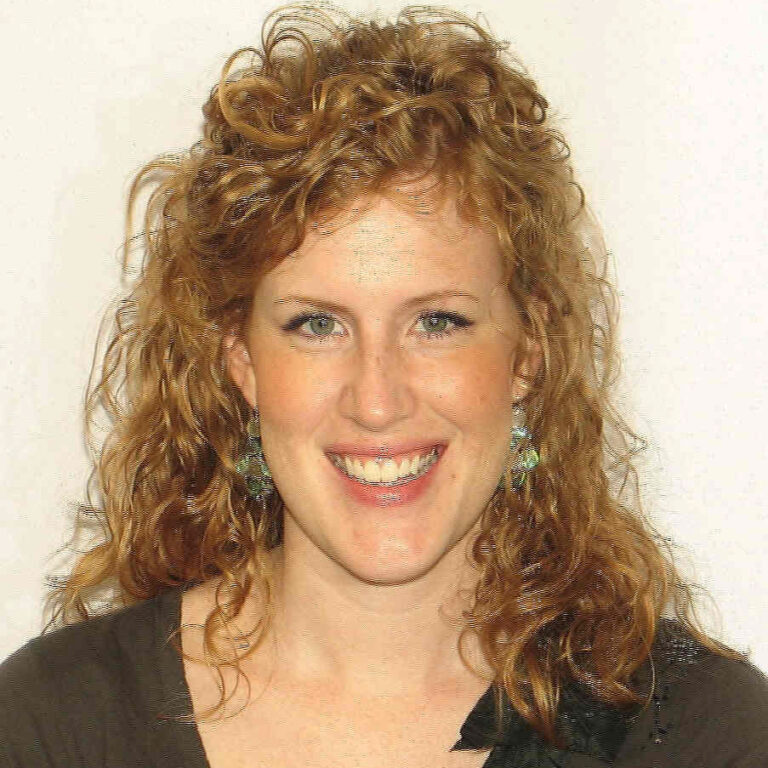by Mike Kugler
“Have you ever heard of insect politics? Neither have I. Insects… don’t have politics. They’re very… brutal. No compassion, no compromise. We can’t trust the insect.”—Seth Brundle, from The Fly (dir. David Cronenberg, 1986)
The first true SciFi horror story was Mary Shelley’s 1818 Frankenstein: the Modern Prometheus. Isolated from his loved ones, Frankenstein built a superior human. But he recklessly abandoned his Creature, who desperately tried to find a community for himself. Cruel rejection became murderous revenge on his creator.
Shelley’s novel concentrates on the nurture of moral decency in “intimate circles” of family and friends. The author reveres abundant life in nature and intimacy, being a young woman who remembered the longing of a motherless childhood and the agony of her own child’s death. Shelley’s story is modern, but pre-evolution. Before the century was out Charles Darwin’s explanation for the generation of life would re-orient the life sciences. Still, our popular imagination about the nature of scientific intervention into the mysteries of life comes largely from Frankenstein.  Human arrogance, armed with advanced technology, cannot help but violate the sacredness of life and endanger its creators.
Human arrogance, armed with advanced technology, cannot help but violate the sacredness of life and endanger its creators.
In 1979 Dan O’Bannon’s and Ridley’s Scott’s Alien offered a more Darwinian horror story. A deep space mining crew discovers a predatory creature singularly aggressive, and biologically weaponized. HR Giger’s violently sexualized creature gave us a relentless, murdering rapist. Its impregnated victims gruesomely gestate spawn who then hunt and kill with a penetrating tooth-lined mouth, or drag them to a nest where they are impregnated. This creature suggests evolutionary survival in the brutal hostility of deep space.
Five years ago Ridley Scott returned to the Alien series with Prometheus.  But he and the writers Jon Spaihts and Damon Lindelof reanimated the Frankenstein myth. Set before the first film, a team of scientists and technicians take a deep space journey to follow “the Engineers”, extra-terrestrials who eons ago seem to have seeded life on Earth. These scientists, though, are stunned to learn that their ancestors not only create life, but destroy it. The vicious creature of the earlier films turns out to be one of many bio-weapons designed by the Engineers to combine with existing life on a planet in order to exterminate it.
But he and the writers Jon Spaihts and Damon Lindelof reanimated the Frankenstein myth. Set before the first film, a team of scientists and technicians take a deep space journey to follow “the Engineers”, extra-terrestrials who eons ago seem to have seeded life on Earth. These scientists, though, are stunned to learn that their ancestors not only create life, but destroy it. The vicious creature of the earlier films turns out to be one of many bio-weapons designed by the Engineers to combine with existing life on a planet in order to exterminate it.
Why this change? A new series probably needed a novel drama. The Engineers’s motives—why create and then destroy—becomes the puzzle for the movie’s young archeologist, Elizabeth Shaw. She is a Christian apparently, “choosing” to believe. It is not a coincidence that perhaps the first religious character in the entire series appears when the films shift to finding humanity’s “engineer.” At least since the ancient Greeks and throughout the West, design without a designer has never been too satisfying. If such movies are emotion machines, what do they suggest we want to see? What worries us?
Basically religious creatures like ourselves wonder if we are alone in the universe. Like Shelley, we worry that our extended family isn’t enough to train ourselves away from selfish, dangerous ambition. We counter our frailty with technical augmentation, but doing so, do we weaponize ourselves? We can scream all we like at suffering, cruelty, injustice. Somewhere in space, is there a God to hear us? Or, does God in wrath, echoing the Flood, want to leave us to destroy ourselves? Here the horror story, Shelley’s and the first series of Alien films, magnifies our modern gnawing fear that all our technical power and knowledge of the natural world can’t protect us. We don’t have much confidence in our institutional leaders and experts, the technical elite, to protect us.
I am obviously not a philosopher. But I think that design arguments, divine fine tuning accounts, offer mainly emotional satisfaction in the face of the kinds of anxieties SciFi horror—from Shelley to Alien—narrates. Such movies animate our fears by concentrating on the tight knit community imperiled by its own frailties. The Frankenstein myth implies that the very machines we build to protect us in fact advance our failures, and weaponize our vices. Shaw’s choice to believe, in the new Alien film, gives her hope.
But instead of seeking comfort from these anxieties in a benign designer, consider the Gospel. It is not a story primarily about divine majesty and our imitation of it to master ourselves and our world. Rather, the creator God sought intimacy with, care for, and the redemption of humanity. The Gospel highlights our weakness, when God bears frail flesh to join us right down in our most vulnerable lives.
Religious observance typically prompts us to lament and repent of our frailty, meeting it with a divinely-approved sacred technique for righting the self. But in the Gospel, God joins our frailty to Himself. Jesus lived an unguarded life. God emptied Himself of the ability to protect Himself from the world and its concerns, concerns described so powerfully by Shelley and Darwin. Jesus Christ, the Man of Sorrows, offers us His peace, and doing so seems to suggest we rethink our modern anxieties. We trust not so much the Almighty God of the Deeps, but the God who revealed Himself as this Man of Sorrows.
Mike Kugler wears flannel and teaches history at Northwestern College in Orange City, IA

